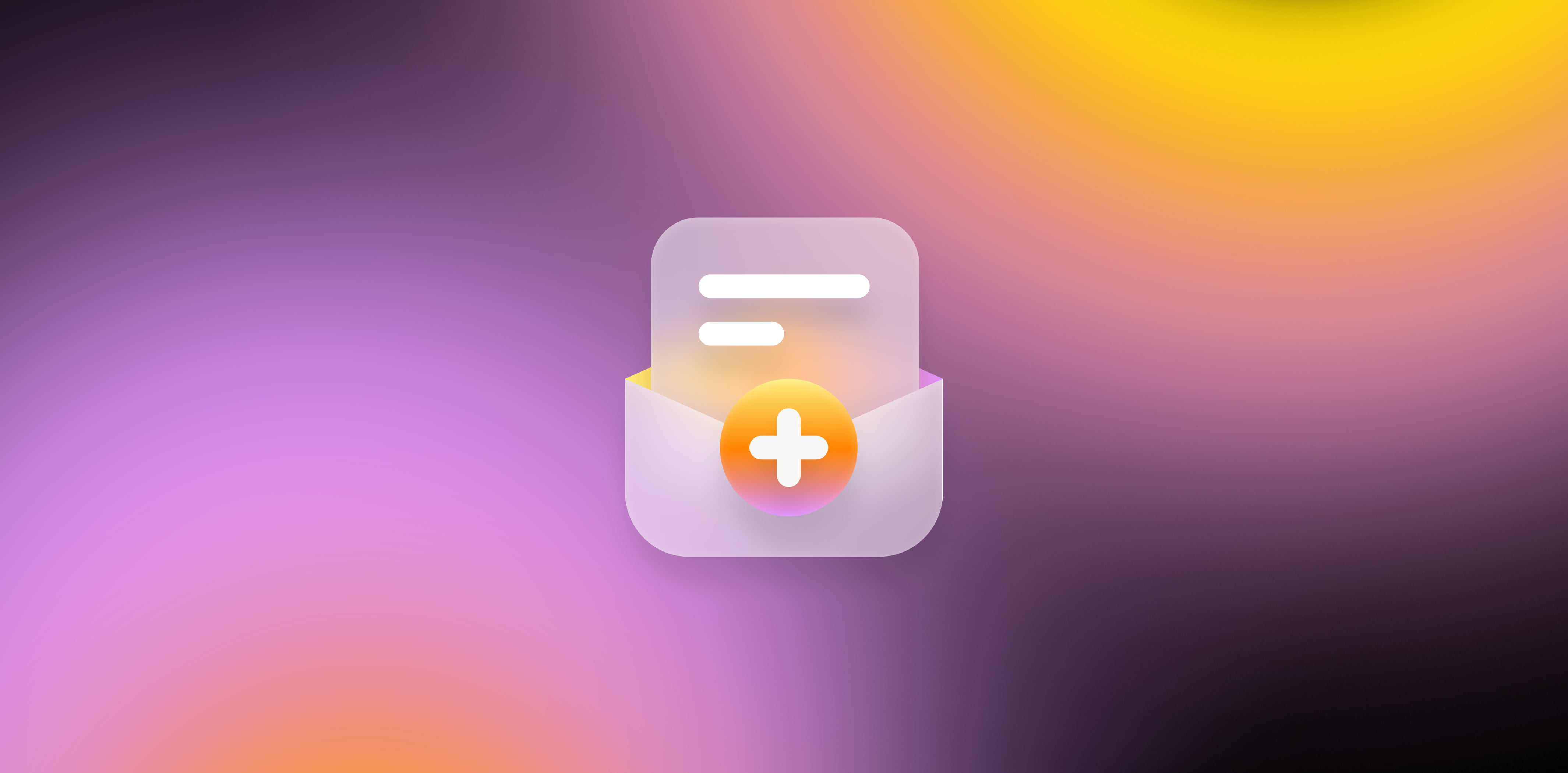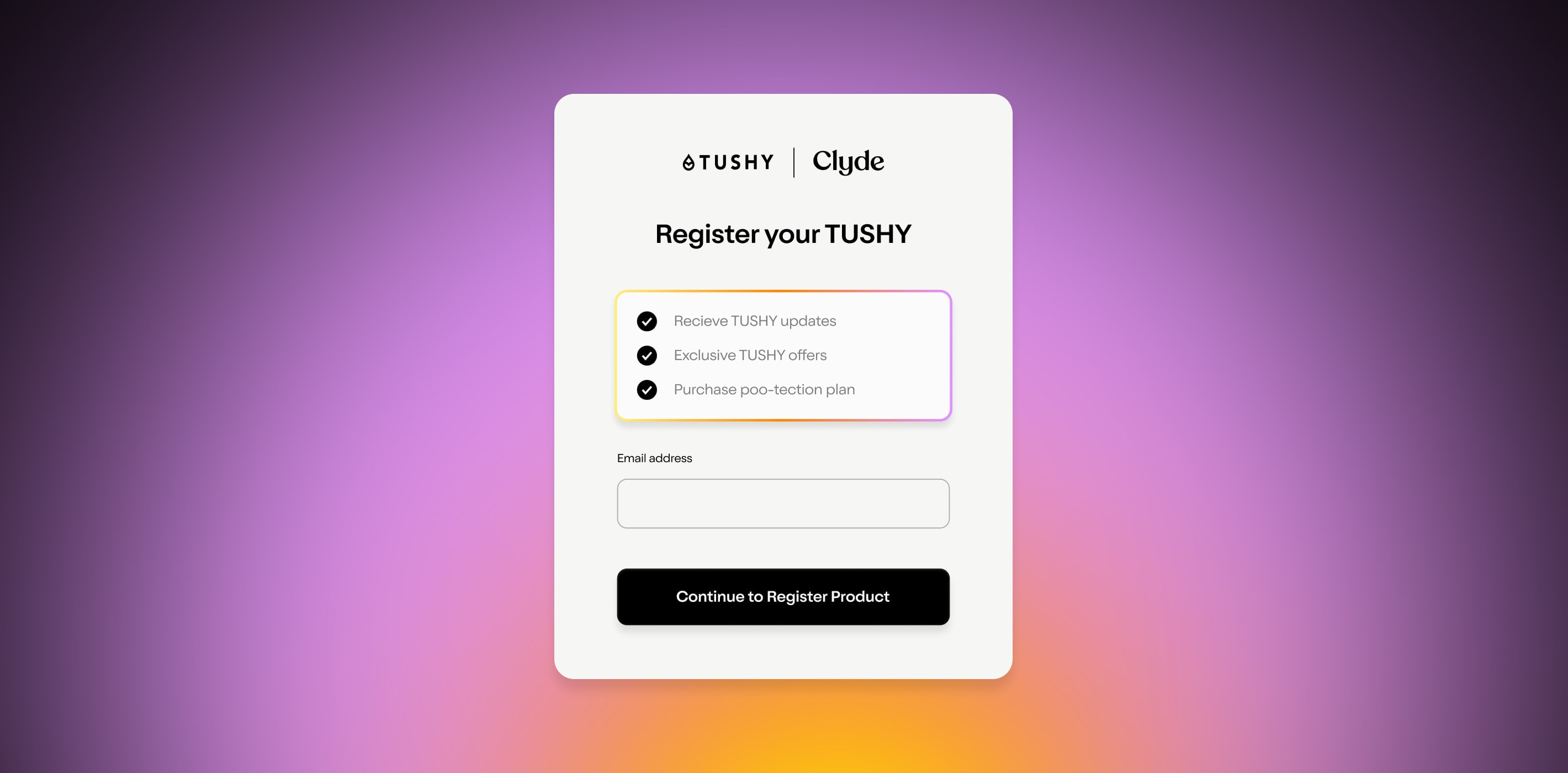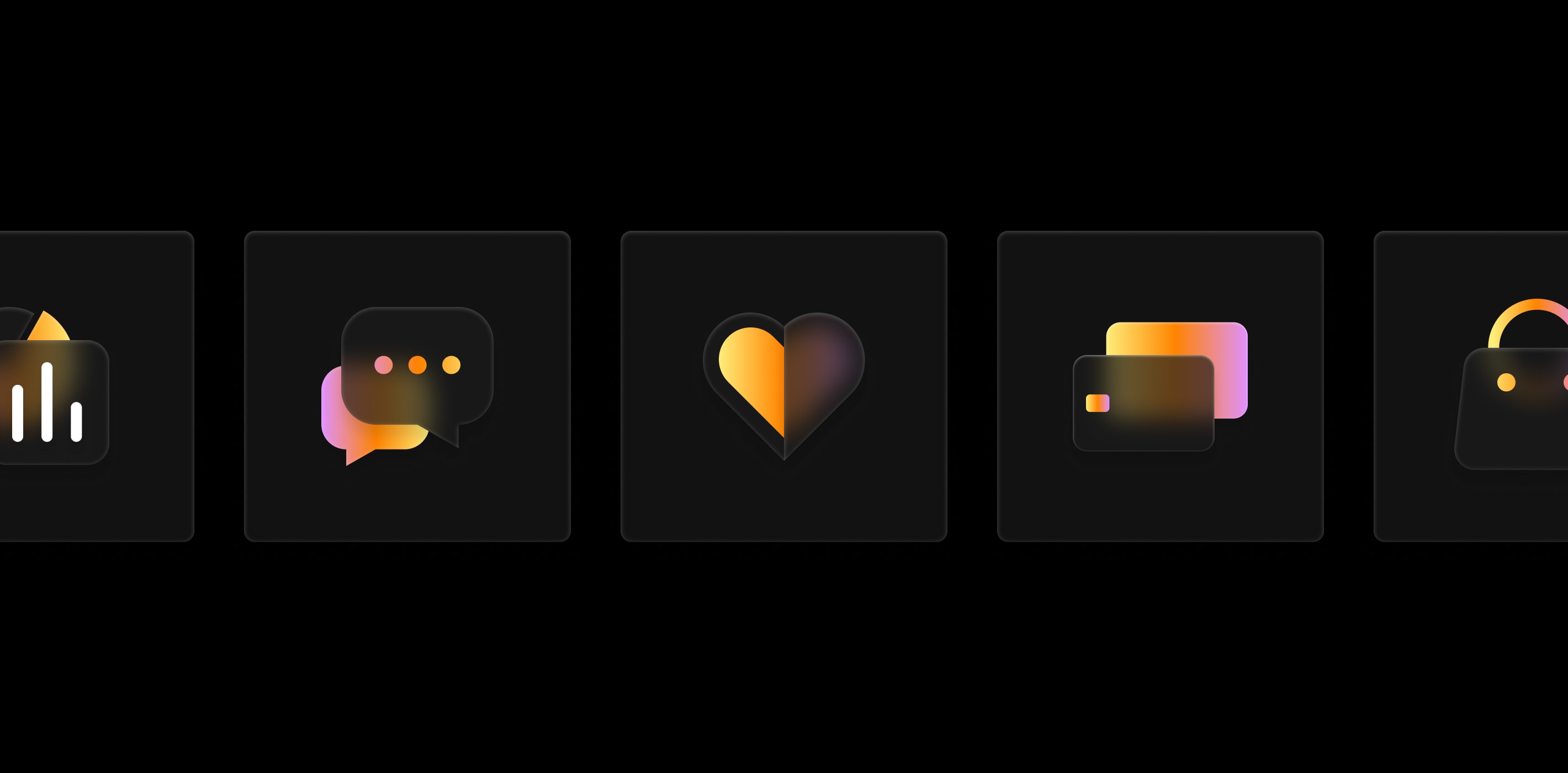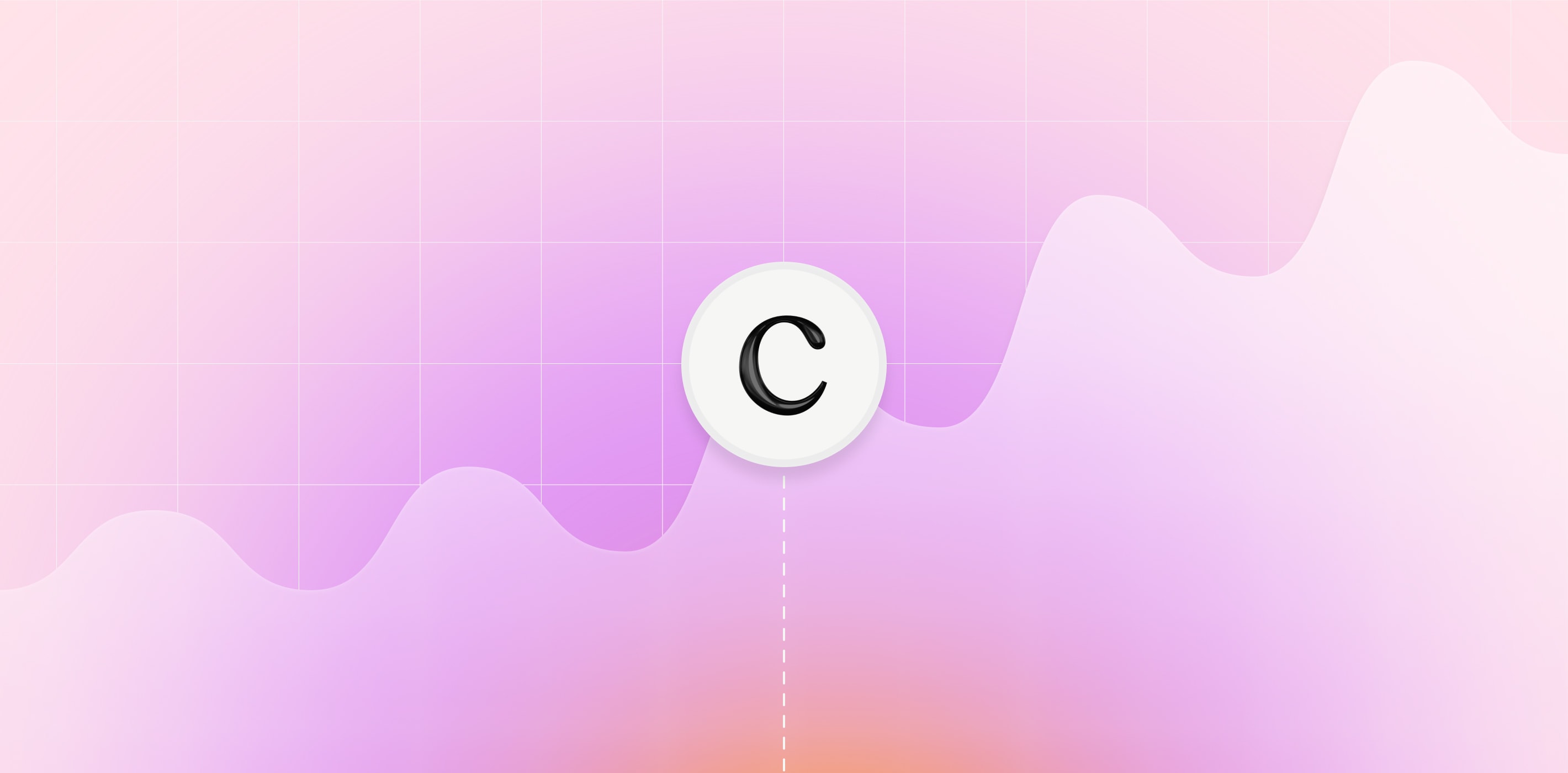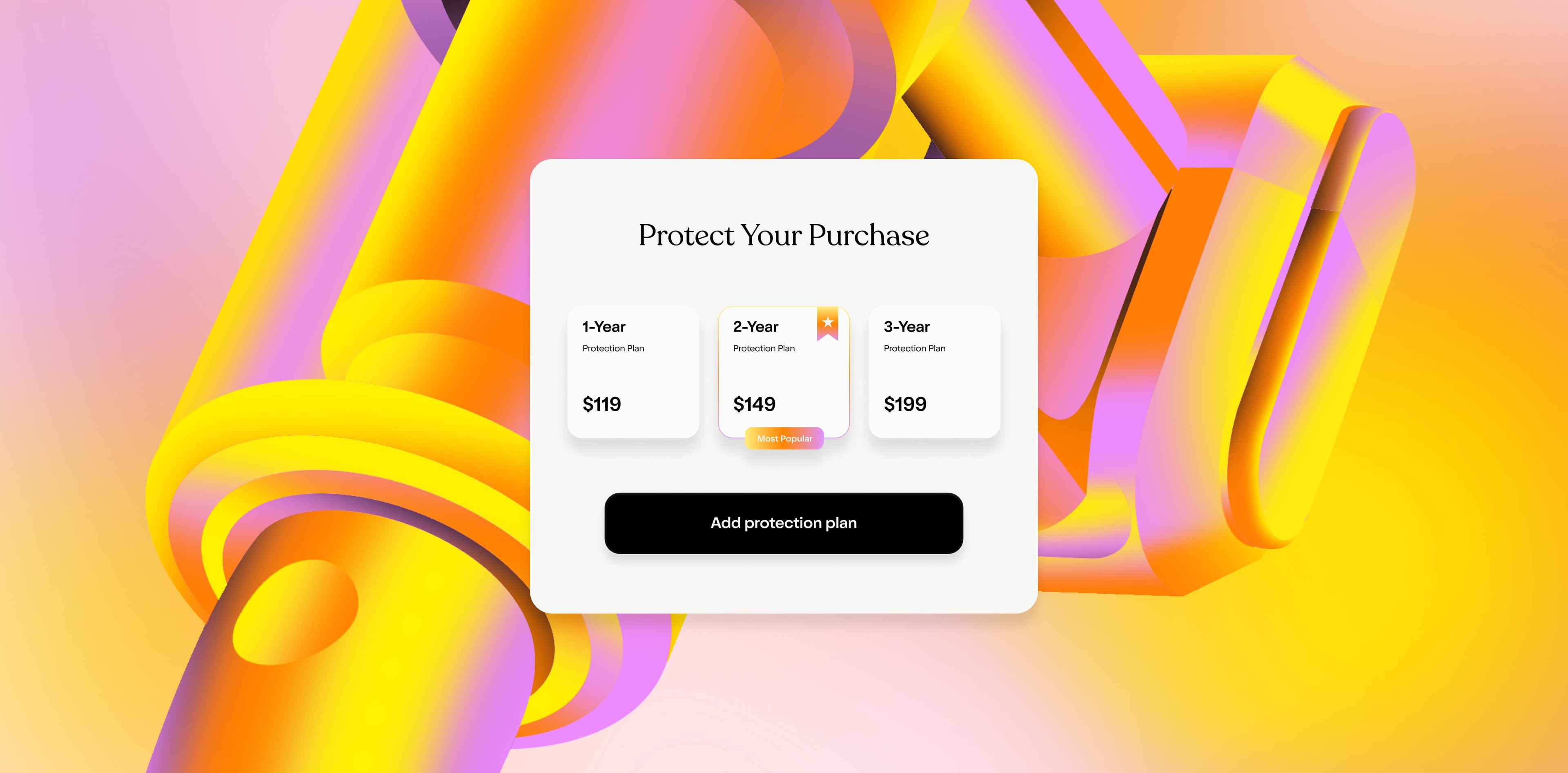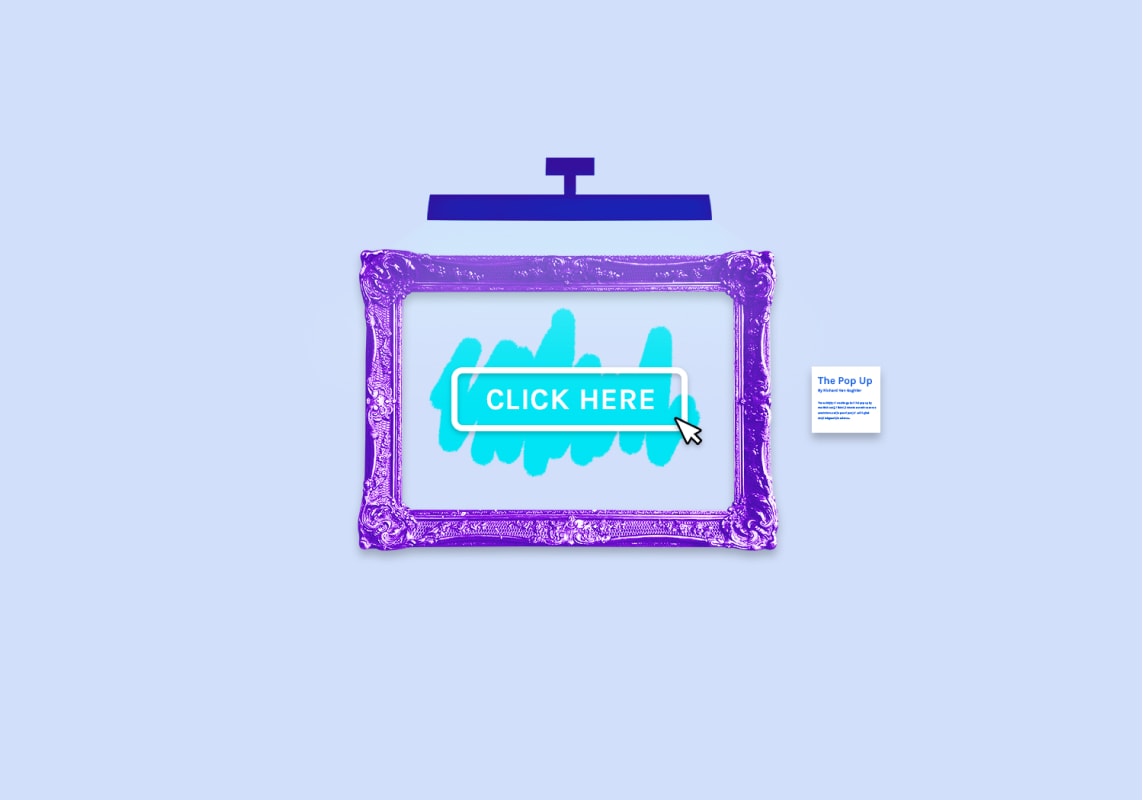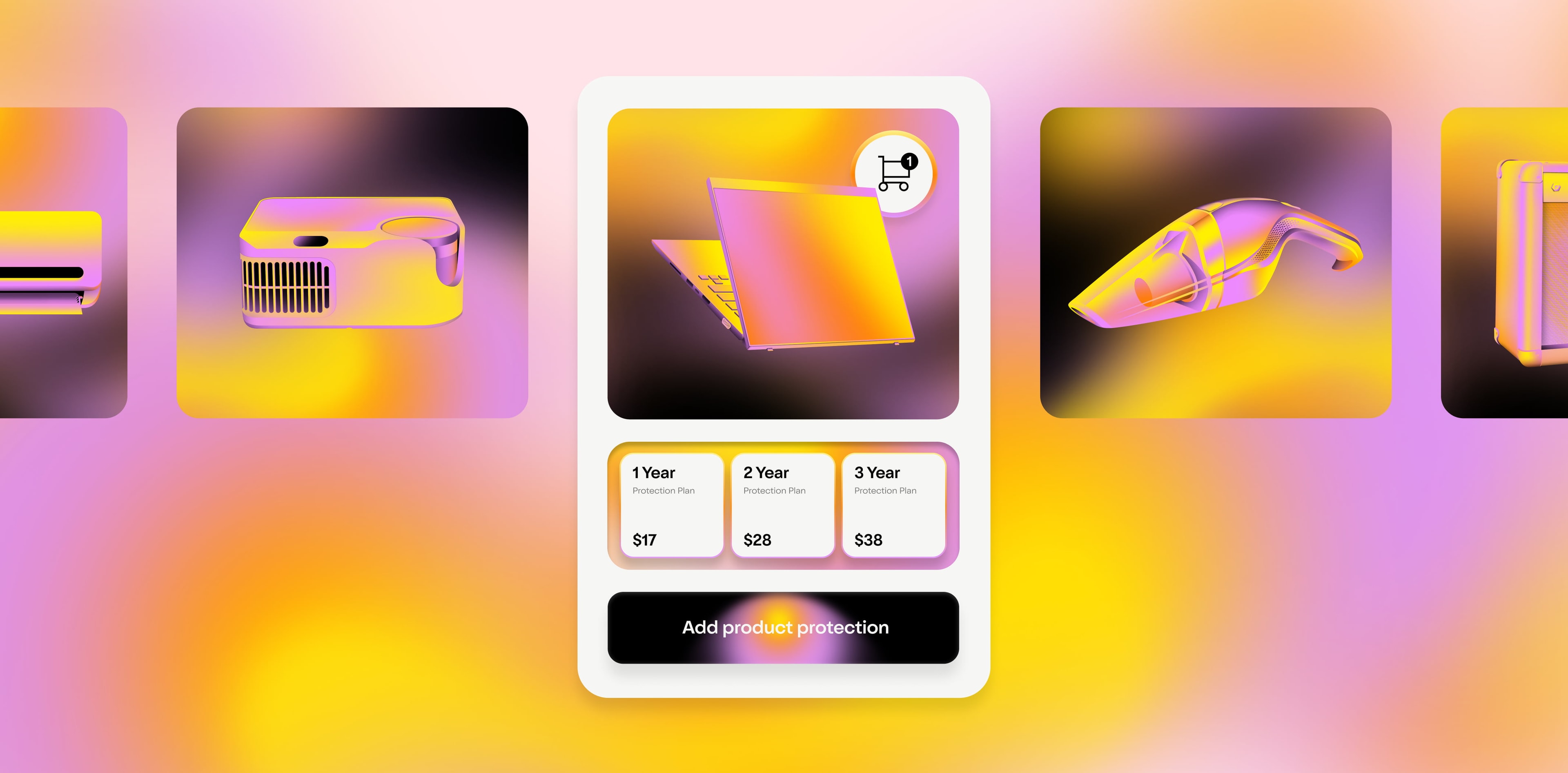Post-purchase email campaigns are vital to the overall health of an eCommerce retailer. When executed properly, these email campaigns can help drive future revenue and collect invaluable feedback from customers, all while increasing brand awareness and customer loyalty.
Delighting your customers with post-purchase emails, while nudging them towards future purchases, is a delicate balance that requires a well-calibrated strategy. This list of suggestions has been sourced through highly-credited third-party research, conversations with our top-performing merchants, and internal expertise here at Clyde.
Let’s have a look at some of the techniques and strategies that are driving successful post-purchase campaigns today.
Transactional Emails
The average American consumer now receives over 200 emails per day. And as the average daily email volume has risen, open rates have fallen and more than 50% of US-based email users cite spam as a significant problem.
A Twilio study from last year found that 94% of consumers said that they’re “currently annoyed with marketing messages they receive.” As a result, the average consumer has his or her guard up when it comes to digital outreach. And that’s problematic because these digital touchpoints are vital to turning potential consumers into buyers and current customers into repeat customers.
This decline in email response rates and the subsequent challenge to retailers isn’t new. In fact, Facebook co-founder and famed engineer Dustin Moskovitz predicted we were headed for “peak email ” all the way back in 2014. There has been a steady decline in open and click-through rates related to emails since the early 2010s and, as a result, nearly every type of email has suffered, with the exception of transactional emails.
A study by MarketingSherpa found that consumers read transactional emails over 60% of the time, making them nearly three times more likely to be read than emails centered around promotions and sales.
At Clyde, our partners report open rates in excess of 78% when email subject lines are related to their warranty or protection plans. And by the nature of most contracts being offered in one, two, and three-year increments, this creates meaningful touchpoints at the point of sale and at yearly checkpoints. Those “anniversary ” emails allow you to tap into personalized data that has the potential to cut through email inbox noise.
As for transactional emails that you can use to reach customers post-purchase, here are the four most useful:
ORDER CONFIRMATION | SHIPMENT TRACKING ALERTS
THANK YOU | FEEDBACK (WITH INCENTIVES)
Open rates for order confirmations and shipping updates outpace any other email type by a large margin. But thank you emails, triggered when items have been delivered, and feedback surveys that are properly incentivized have also proven to be useful for merchants hoping to engage with their customers post-purchase. According to data from Klaviyo , thank you emails can have a 352 percent higher open rate than a traditional email campaign and a 329 percent higher click-through rate (CTR), because customers are expecting emails after paying for their orders.
Automating these four types to work in conjunction with one another is the foundation that all successful post-purchase campaigns are built upon.
Customize Based On Behavior
Once you’ve created a generic email campaign for all customers in a post-purchase environment, it’s time to customize the experience. By harnessing the power of your data, it’s possible to catalog your customers by their spending habits and, in some cases, when and where they click.
As it relates to protection plans and warranties, Clyde has been able to utilize click-by-click data to create user experiences geared towards conversion. The location of cart, modal/pop-up, and product page buttons significantly impacts a customer’s likelihood to attach a protection plan to their purchase. By collecting this data, we also know where customers “abandoned” a specific purchase. Knowing where a customer exited the purchasing journey is critical to crafting a post-purchase email tailored specifically to them.
Overall spending habits are also a great metric to consider when customizing a campaign. Spending data helps brands create dynamic product recommendations. It can also be the statistical backbone for a rewards program. Needless to say, the data that you already have about your customers’ habits should drive a significant portion of your post-purchase email campaign.
Calibrate Email Frequency
The key here is to avoid email fatigue. Between transactional emails and product recommendations, you can be sending north of 10 emails to a single customer in a short period of time.
You can combat email fatigue by observing your engagement metrics. Check your open, click-through, and unsubscribe rates to spot any fluctuations in activity. Experiment with delaying general email campaigns until after a customer receives their post-purchase emails.
Run Tests To Optimize
Running routine tests to optimize your campaigns is a vital business practice that can help you in both the short and long term. Not only can it drive short-term conversion, but it is also an essential process to learn what kind of messaging resonates with your audience.
Don’t be afraid to run multiple tests to refine your post-purchase email campaigns. It’s only by analyzing the data that you can connect directly with your audience while giving your sales a shot in the arm.
Elements that can easily be tested include:
SUBJECT LINES | PREHEADERS | CALL TO ACTION
DAY/TIME OF SEND| MULTIMEDIA USAGE| PERSONALIZATION
Subject lines and the preview text presented on most smartphones (preheaders) are usually the top two optimization levers considered by merchants sending emails. But the rest of the list can be equally useful. Through optimization CTAs, personalization choices and multimedia usage can be refined over time to elicit prescribed responses from recipients.
Whether you test one element of your email campaign or the full battery of customizable options, it’s important to remember that optimization is an on-going process that is never completely finished. By cataloging your data properly you can be ready to alter your email campaigns at a moment’s notice based upon trends and consumer preferences.
SIGN UP FOR OUR NEWSLETTER
